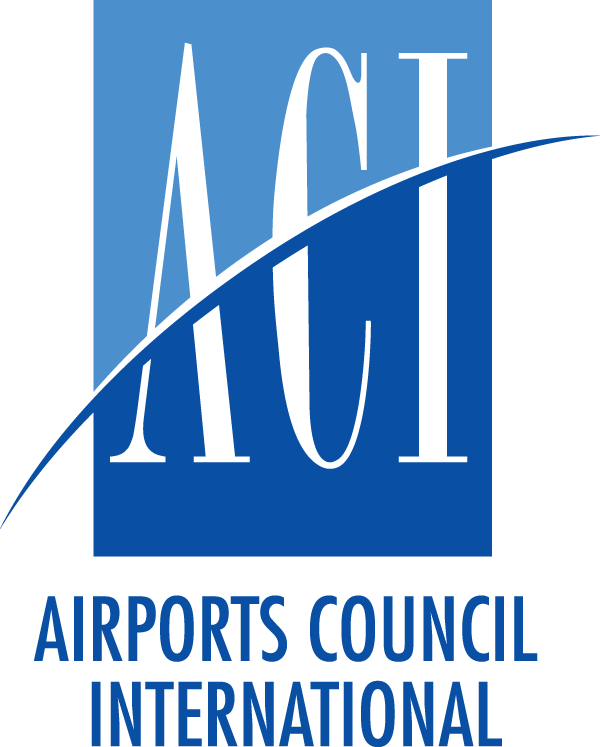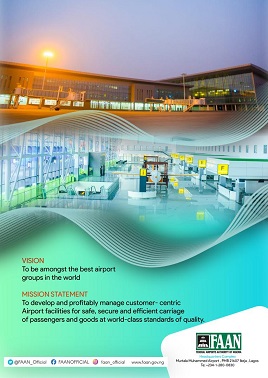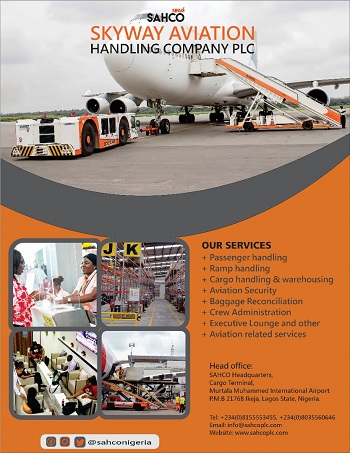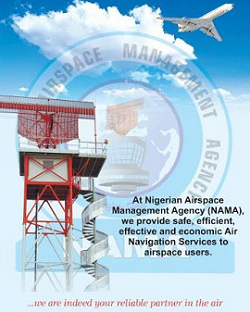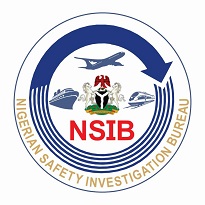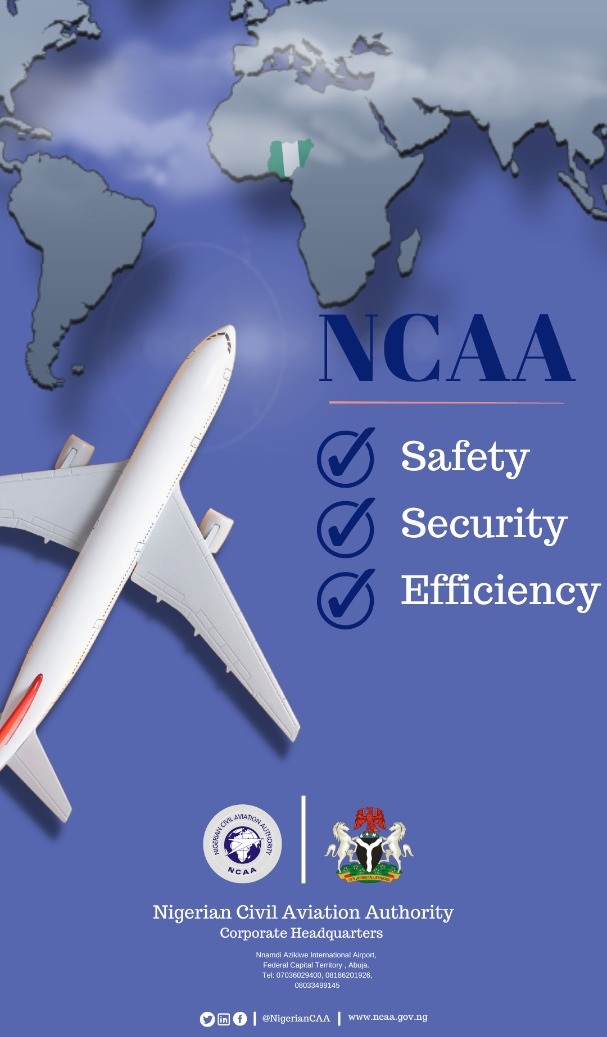To prevent spread of coronavirus (2019-nCoV) through air transportation around the world, the trade association of the world’s airports, Airports Council International (ACI) has issued advisory bulletin on measures to be taken by member airports.
The five page advisory bulletin was issued on January 24, 2020 .
As of January 2020, ACI serves 668 members, operating 1979 airports in 176 countries.
ACI said the main aims of the bulletin are to protect the health and welfare of travellers, staff and the public, and to reduce the opportunities for dissemination of communicable
diseases.
The body formed in 1991, expected concerned stakeholders to take appropriate actions in this regards.
” The recent novel coronavirus (2019-nCoV) outbreak is of considerable concern to the aviation industry.
“For airport operators, the main aims are to protect the health and welfare of travellers, staff and the public, and to reduce the opportunities for dissemination of communicable
diseases
“In the coming days and weeks, ACI expects to see national regulators and health authorities react to the spread of the virus by introducing measures directly affecting aviation and more broadly.
“This advisory bulletin is addressed to ACI members and reiterates a number of options and best practices that airports and national authorities can use to protect against communicable diseases that might pose a serious risk to public health”.
The global airport trading association said the recommendations are designed to reduce exposure to an infectious agent at airports and to improve the response to health-related emergencies by establishing
mechanisms for rapid decision-making and action.
Specifically, it added, “They are intended as guidance, not to be adopted as written, but to be modified to the local situation as necessary. They are not specific to the coronavirus outbreak”.
While it noted that not all of the measures identified would be the responsibility of the airport; ACI said, they “can be used in discussion with local authorities and national regulators when determining
appropriate actions”.
Noting that the State regulations supersede the information contained in the advisory where applicable, ACI reiterated, “The top priority should be to agree responsibility and accountability for measures between the airport and the relevant authority”
ACI therefore advised its members to refer to the following guidelines as necessary, that can be found in the Airport preparedness guidelines for outbreaks of communicable disease.
To keep updated on the latest news on the coronavirus outbreak, ACI recommends the website maintained by the World Health Organisation (WHO) WHO Disease Outbreak news
Responsibility
The responsibility for management of the risk of communicable diseases at airports rests primarily with the local/regional/national public health authority and the relevant airport operator. If more than one airport is operated by the same organisation, plans should be prepared for each airport, in line with the recommendations contained in this
document.
The world airport body therefore recommended that, “Together with its national authorities, each airport operator can play its part towards achieving greater coordination of preparedness measures, the key to success in reducing the risk of spread of any communicable disease.
Airport preparedness plan should address aspects such as:
a) communication (especially with the public)
b) screening
c) logistics (transport of travellers to health facilities)
d) equipment
e) entry/exit controls, and
f) coordination with the local/regional/national public health authority.
A particularly important requirement is for adequate supplies of appropriate personal protective equipment (including hand-washing facilities or sanitising gels) to be available
for airport staff.
Communication
Good communication is the key to effective emergency response. Attention should be given to airport employees, as well as to others working at the airport who may not be
employed directly by the airport operator (e.g. contractors and sub-contractors, and to the non-travelling public).
Furthermore, the International Health Regulations (2005) refers to the role of competent authorities1 at airports with respect to ensuring that facilities for travellers are maintained in a sanitary condition and that goods being transported through airports are
kept free of sources of infection or contamination.
Communication links should be established with the following entities:
a) Internal
• airlines
• handling agents
• air traffic management
• local hospital(s)
1 Guidance on the role of the competent authorities at airports is given in the International Health.
airport medical service providers
• emergency medical services
• police
• customs
• immigration
• security
• airport retailers
• information/customer relations services
• other stakeholders as necessary
b) External
• Local/regional/national public health authority
• Travellers (before reaching the airport / in the terminal building)
• Other airports in same and outside State/region
• Travel agents and hotel associations
• Tourism organisations
• International organisations involved with migration
• Media
Communication with departing travellers in the event of a communicable disease outbreak
Travellers and health professionals should have access to consistent information about postponing travel and about screening measures that may be in place at an airport,
should a potential traveller have an illness prior to considering air travel. Such information, according to ACI, will usually be taken from a public health information site or developed in close collaboration with the public health authority.
Before arrival at the airport terminal building, information can be provided to travellers by means of an airport (and airline) web site (or by electronic link to a public health web site), by recorded telephone message or by printed media. A telephone message may give health information directly and possibly refer the listener to further sources of information.
The media can play a useful role in informing travellers of the situation at an airport and links with the media should be established so that journalists can obtain information at
short notice. Notices on social media, radio and television stations and public information be very effective.
When in the airport, information can be given by signage, stands, posters or electronic displays, and by public address. The text would be adjusted according to the information to be conveyed. The WHO or national public health authority will provide the public announcements, and other forms of communication, should be provided in the languages used by persons most frequently travelling through the airport, including English, as well as the State’s own language(s).
To ensure public confidence, airport operators should explain to passengers, as fully as possible, the reasons for any necessary health-related measures.
Screening
Screening for communicable diseases can potentially reduce opportunities for transmission and forestall or delay international spread
. Screening of arriving and departing travellers at international airports may be considered depending on various
factors, including the epidemiology and extent of transmission, severity of the disease and cost factors. If a substantial proportion of transmission of a communicable agent occurs during the incubation period or during asymptomatic infection, the impact of
health screening on reducing international spread will be diminished. This may be the
case with coronavirus, but airports should follow local requirements.
Screening measures that match the behaviour of the communicable disease in question have the greatest chance of reducing the number of cases and limiting or, if possible,
preventing international spread.
A range of screening methods is available, including visual inspection, questionnaire and temperature measurement (using thermal scanners or other suitable methods).
The selection of the most appropriate screening method will be determined by the transmission characteristics, associated illness patterns and the risk groups affected.
Details of requirements cannot always be determined in advance of an outbreak.
If the public health authority determines that screening is to be employed, it should discuss the issues with the airport operator in order to develop acceptable plans. Costs
associated with providing screening equipment and airport space and infrastructure support would normally be met by the public health authority.
Travellers determined at screening to be at increased risk of having a communicable disease posing a potentially serious public health risk should undergo secondary
screening by a medical practitioner.


